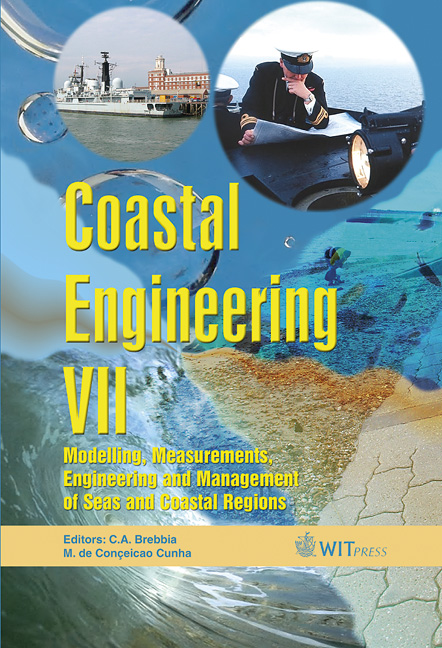Monitoring Programmes: The Fundamental Component Of Estuaries Management. How To Design One?
Price
Free (open access)
Transaction
Volume
78
Pages
17
Published
2005
Size
579 kb
Paper DOI
10.2495/CE050041
Copyright
WIT Press
Author(s)
L. M. Nunes, S. Caeiro, T. Ramos, M. C. Cunha, L. Ribeiro & M. H. Costa
Abstract
This article focuses on the design of a conceptual framework to design and assess environmental estuarine monitoring programmes, including the networks, to detect quality status changes in coastal areas within environmental management programmes. Monitoring is a fundamental component in any management system, and in particular in sensitive areas under strong human pressures, like estuaries. These pressures will be reflected in impacts on the ecosystem and also on responses from it. A monitoring program including the network and the indicators measured, should be designed to be able to identify the i) pressures, ii) the state and effects, and iii) the responses of human action in the estuary according to casualty chains, also the monitoring performance should be measured to assess the effectiveness of the monitoring program itself. Answers to these needs are studied in this article, namely in what concerns the selection and location of the monitoring stations. To evaluate the \“best” monitoring design one should first clearly identify the objectives of the network and which indicators (in the sense of important variables that reflect environmental attributes) are most appropriate for the particular situation. In this work two methods for monitoring network design will be evaluated, namely i) variance-reduction based, and ii) space-filling. These two are examples of a statistically-based method, and of a random-allocation-based method. The most appropriate objective functions are used to reflect the objectives of the monitoring. In all cases the objective function models are solved with the simulated annealing meta-heuristic algorithm, implemented by the team to solve monitoring optimisation problems. Due to the amount and quality of the information available, the Sado estuary is used as a case-study to demonstrate the results of the methods and helping in the comparative analysis. Keywords: coastal management, monitoring optimisation, environmental indicators, simulated annealin.
Keywords
coastal management, monitoring optimisation, environmental indicators, simulated annealin.





